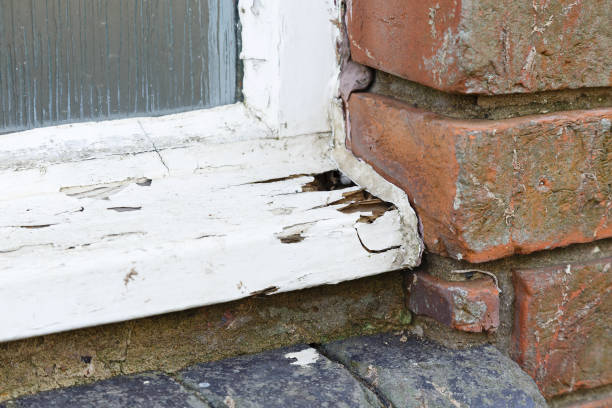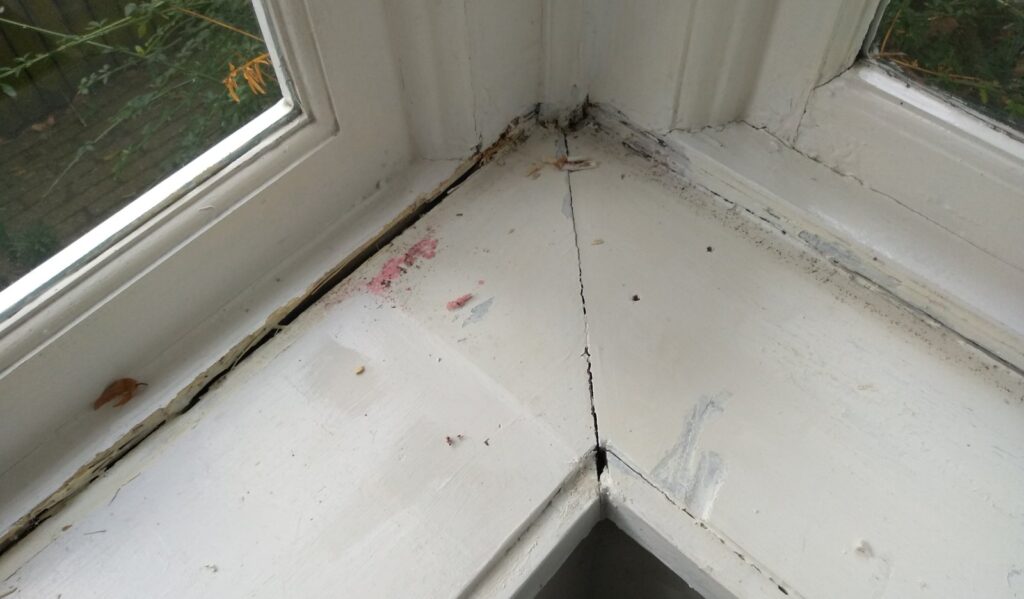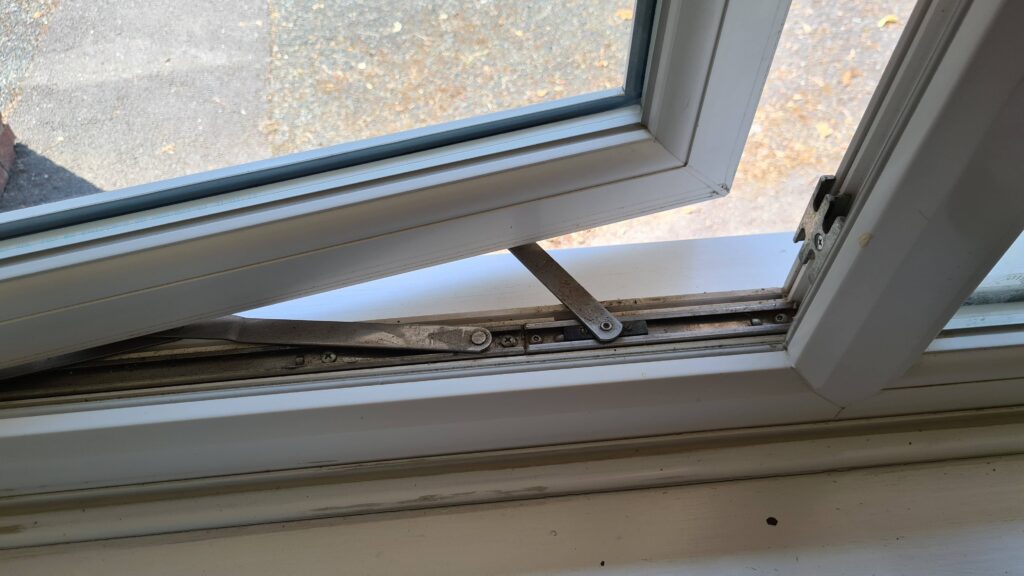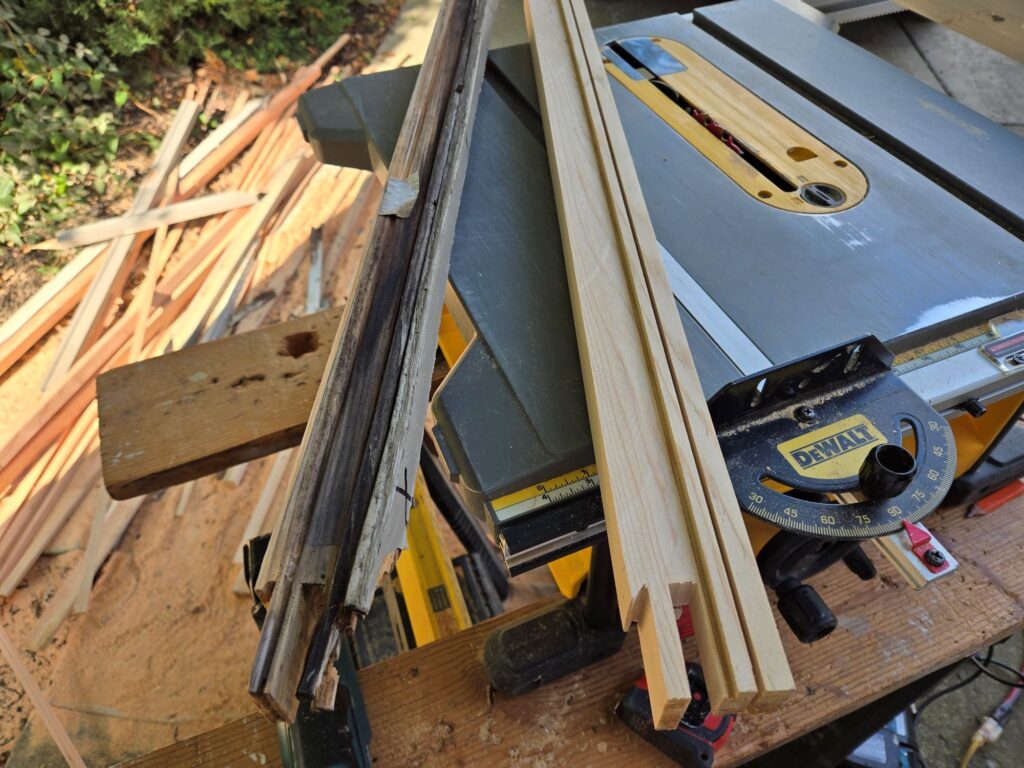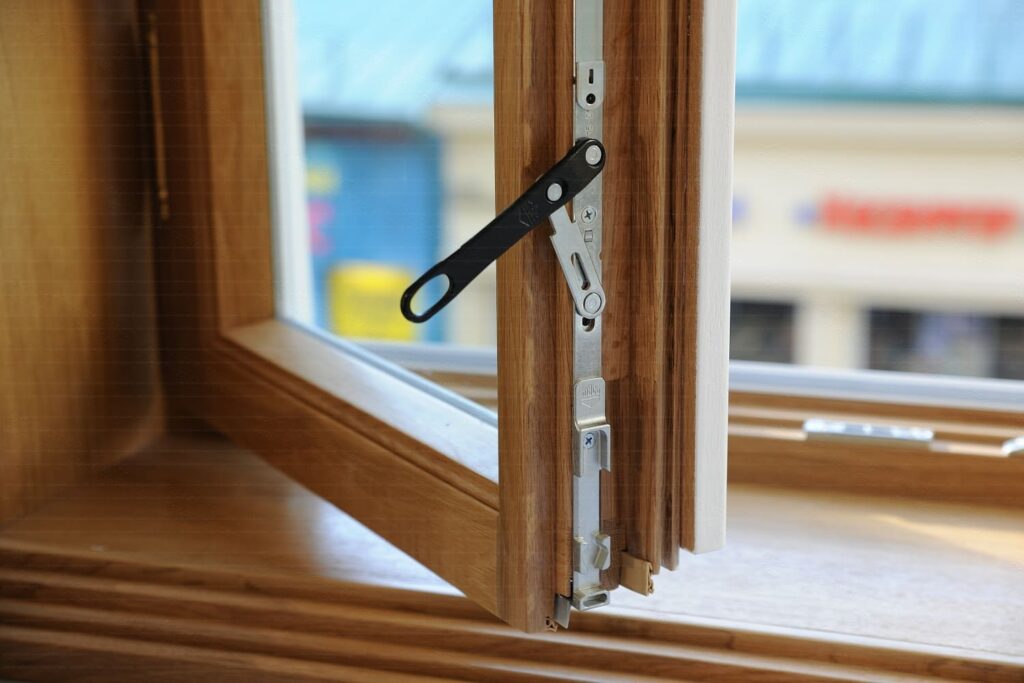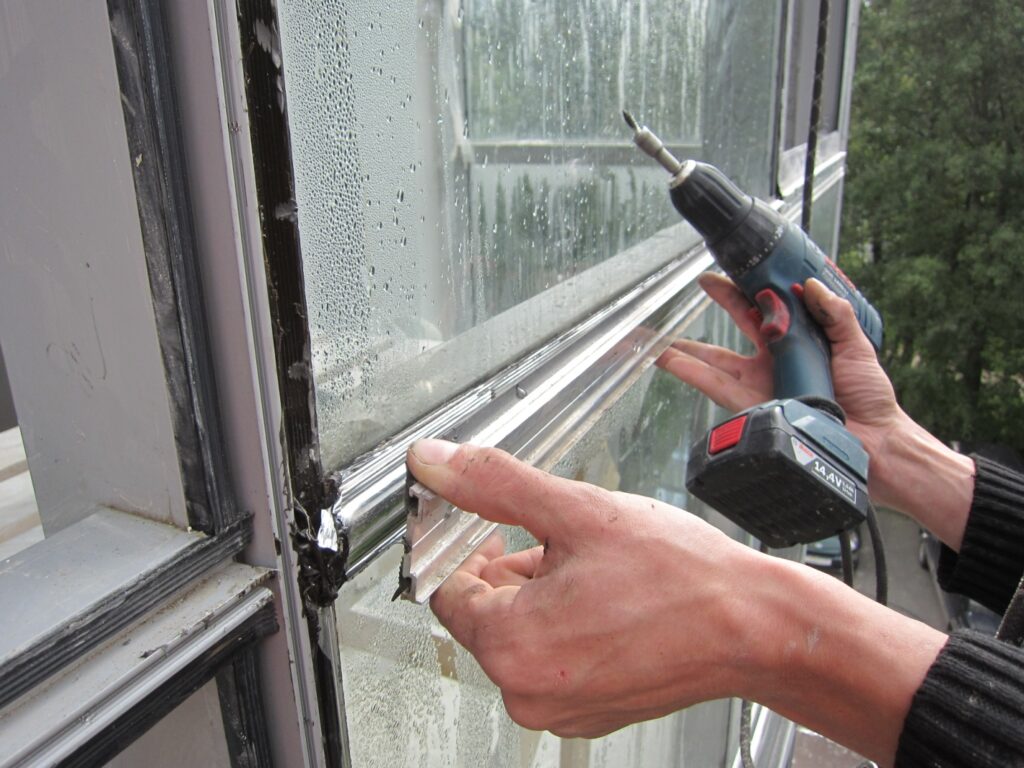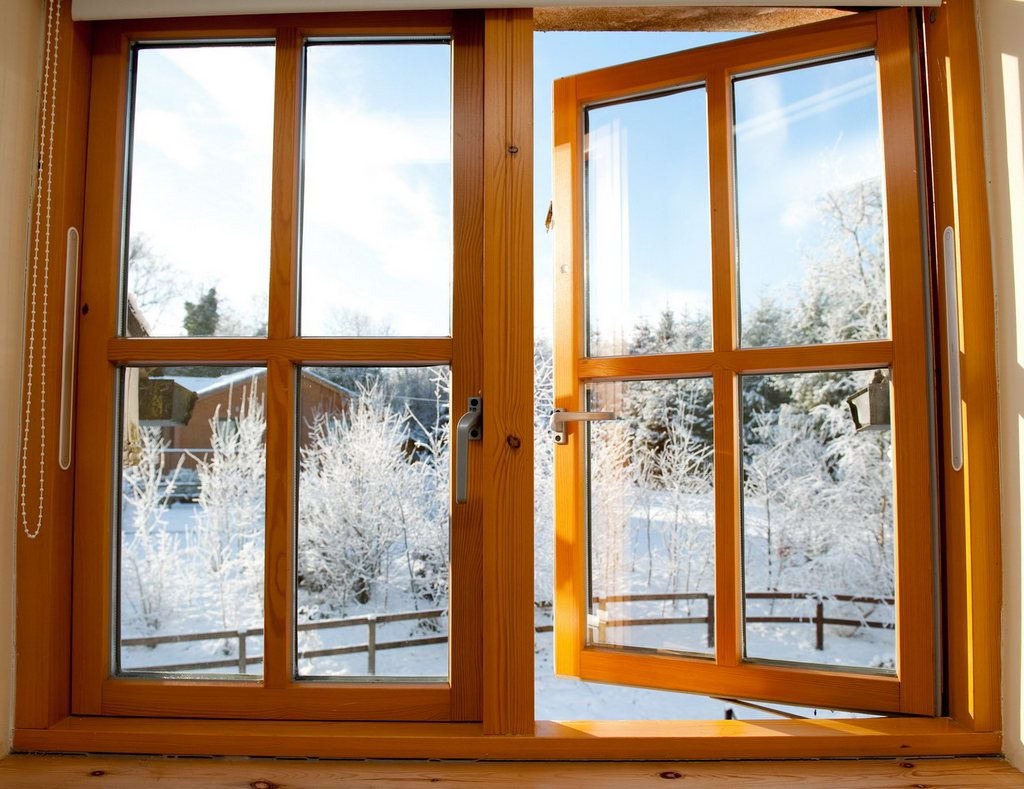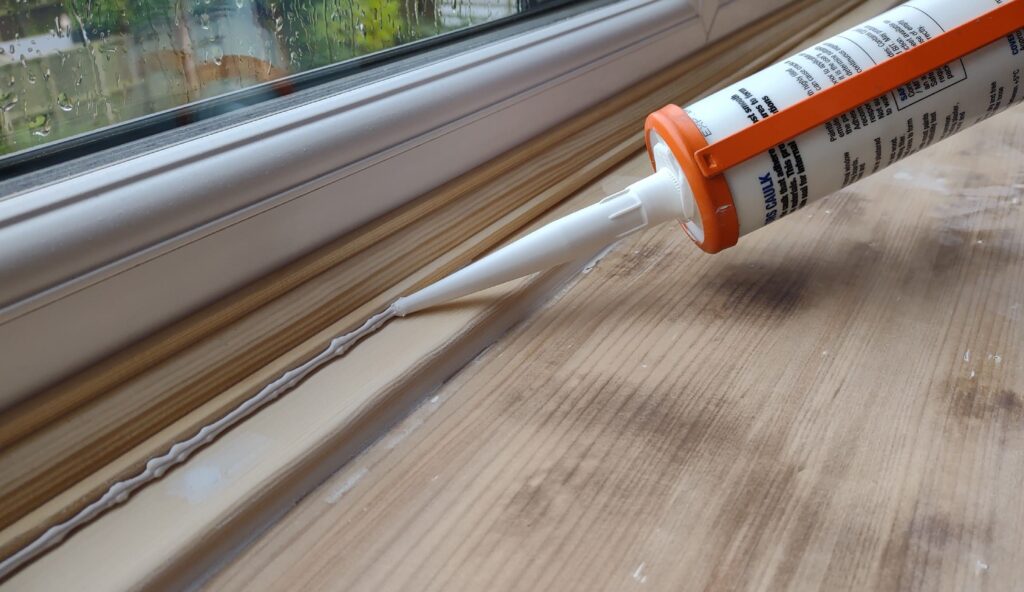A damaged window sill might seem like a small problem, but left unattended, it can turn into a major structural and aesthetic issue. Whether it’s a crack that keeps spreading or rot that’s slowly eating away the wood, knowing how to respond quickly can save you from costly repairs down the road.
Understanding the Warning Signs
Before taking action, it’s important to recognize what you’re dealing with. Cracks and rot often start subtly, especially on exterior window sills where weather exposure is constant.
Visible cracks that widen over time
Soft or spongy areas in the wood when pressed
Flaking paint or bubbling finish on the sill
Dark discoloration or mold in corners or near seams
Musty odor near the window when it rains
Even if the damage seems small, it’s usually a sign that moisture has already found a way into the material.
Cracks can allow water to seep in, leading to rot, and rot, in turn, weakens the sill’s structure — which may lead to issues with the entire window unit.
Why You Shouldn’t Ignore It
A compromised window sill does more than look bad. It can seriously affect the performance of your window and the integrity of your wall.
Water infiltration can cause mold, mildew, and damage to interior drywall
Drafts from gaps in the sill reduce energy efficiency
Structural decay can eventually require full window replacement
Insects like termites are drawn to moist, rotting wood
What starts as a cosmetic issue can escalate into a health hazard and expensive repair project.
What to Do When You Discover Damage
Once you’ve identified the signs of cracking or rot, it’s time to take action—whether temporary or permanent, depending on the severity.
Clean the area thoroughly to remove debris and loose paint
Assess the extent of the damage—is it surface-level, or has it reached the inner wood?
Dry out the sill completely if moisture is present
Apply wood filler or epoxy for minor cracks and surface rot
Replace the affected portion of the sill if rot has spread
Repaint or reseal the surface with waterproof exterior-grade paint or sealant
If the rot goes deep or the structure is compromised, it’s best to call a professional. Replacing a sill might involve removing window trim or even reinstalling the unit, which requires experience and proper tools.
Taking quick steps can often prevent full replacement. For wood sills, especially, early repair maintains their character and function without the need for major work.
Preventing Future Damage
Once your sill is repaired, it’s worth investing a little time each season in preventive maintenance.
Check sills during seasonal changes for new cracks or moisture
Repaint or seal wooden sills every 2–3 years
Keep gutters clean to prevent water overflow hitting window areas
Inspect window caulking and reseal joints as needed
A well-maintained window sill not only extends the lifespan of your windows but also keeps your home better protected from moisture, pests, and energy loss.
Final Thoughts
Cracked or rotten window sills aren’t just an eyesore—they’re an early warning that your window system may be compromised. Addressing the issue early can save time, money, and long-term headaches. Whether you’re handy with tools or prefer to leave it to the pros, acting fast is the smartest move.
If your sill feels soft or looks suspicious, don’t wait. Repair today and preserve the health and value of your home.

